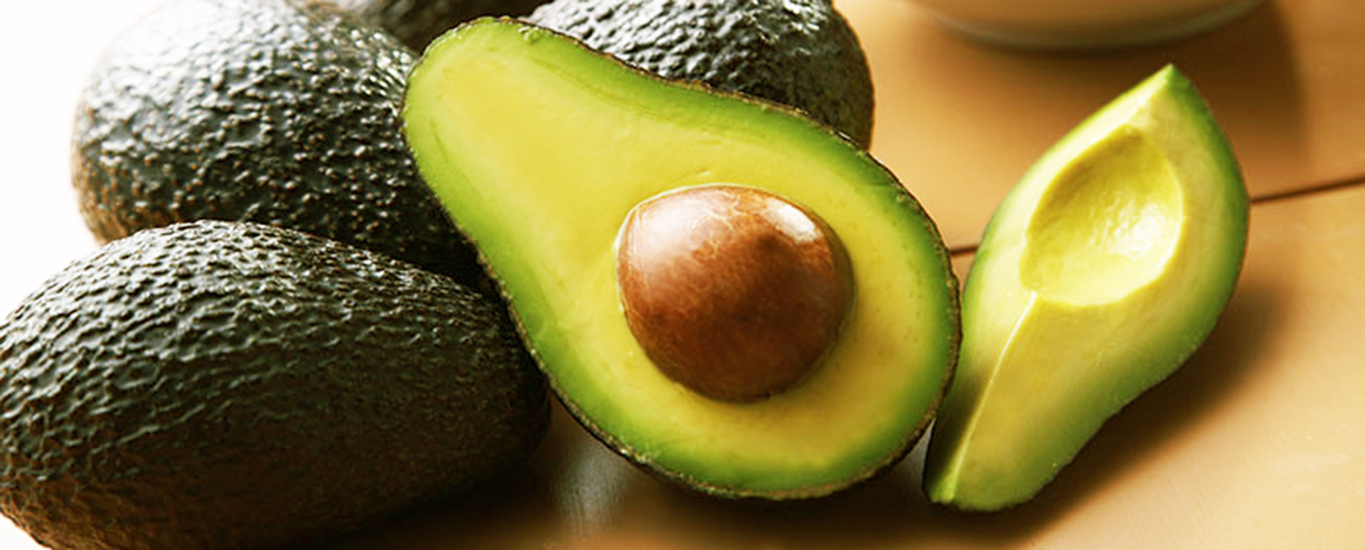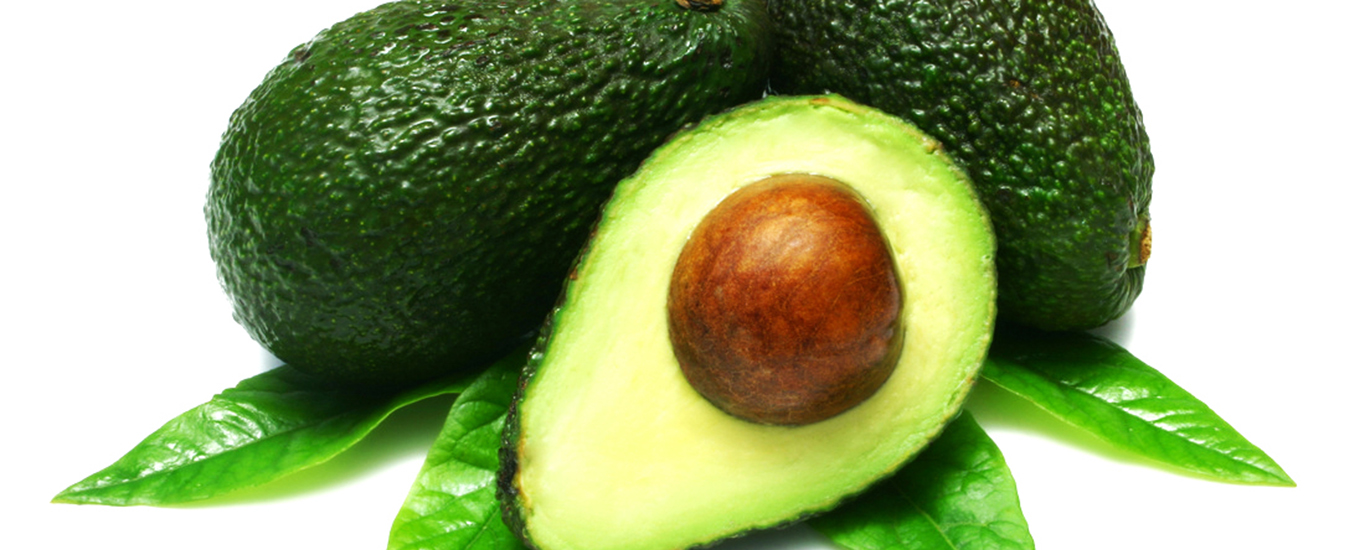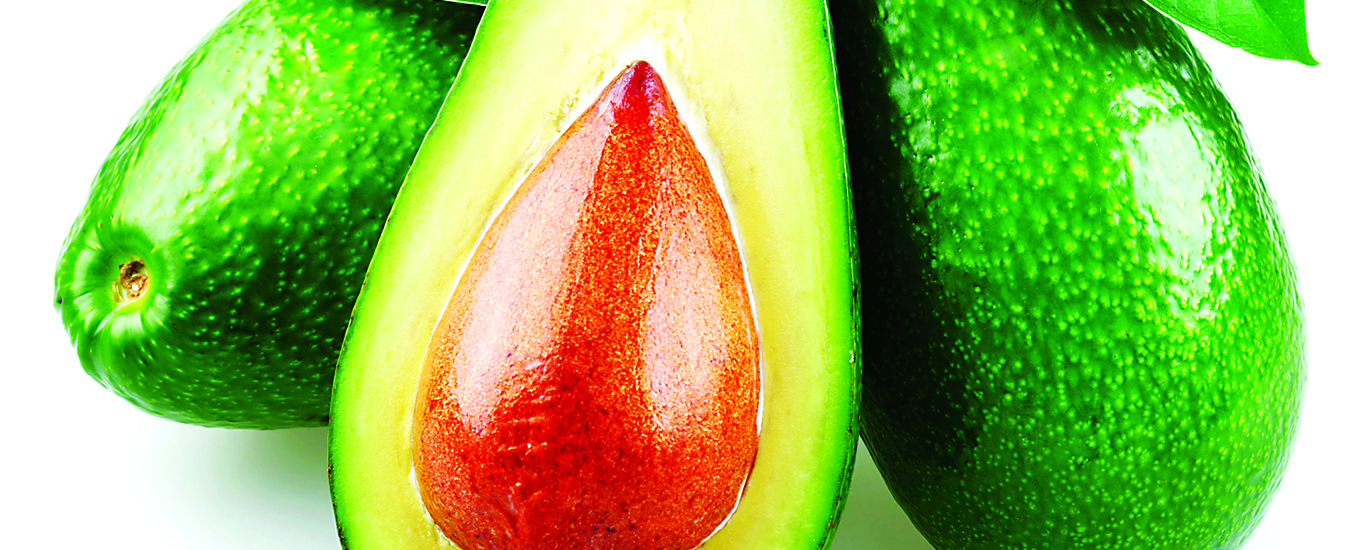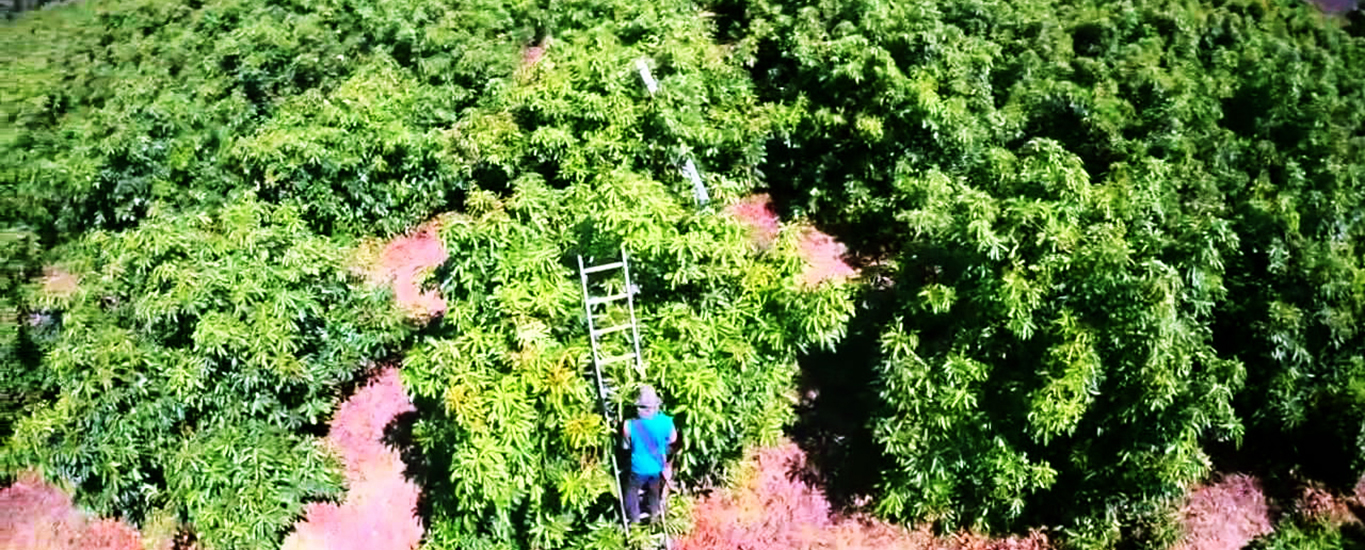Avocado Hass
The Hass avocado , sometimes marketed as the Haas avocado, is a cultivar of avocado with dark green-colored, bumpy skin. It was first grown and sold by Southern California horticulturist Rudolph Hass, who also gave it his name
The Hass avocado is a large-sized fruit weighing 200-300 grams. When ripe, the skin becomes a dark purplish-black and yields to gentle pressure. When ready to serve, it becomes white-green in the middle part of the inner fruit.
Owing to its taste, size, shelf-life, high growing yield and in some areas, year-round harvesting, the Hass cultivar is the most commercially popular avocado worldwide.
Nutritional Value
Like all avocados, Hass avocados are high in healthy fats, vitamins C, E and B, potassium, and folic acid.
Amount Per 100 grams Calories 160 % Daily Value* Total Fat 15 g 23% Saturated fat 2.1 g 10% Polyunsaturated fat 1.8 g Monounsaturated fat 10 g Cholesterol 0 mg 0% Sodium 7 mg 0% Potassium 485 mg 13% Total Carbohydrate 9 g 3% Dietary fiber 7 g 28% Sugar 0.7 g Protein 2 g 4% Vitamin A 2% Vitamin C 16% Calcium 1% Iron 3% Vitamin D 0% Vitamin B-6 15% Vitamin B-12 0% Magnesium 7%
Make Sure You Choose Hass
The Hass Avocado is easily identified by its oval shape, the bumpy, pebbled texture of its skin and the dark green to purple -black color indicating it’s ripe and ready to enjoy.
How to Identify Hass Avocados
Did you know that fresh avocados come in a variety of sizes, types and varietals? Hass avocados are the most commonly known varietal type of avocado. The Hass variety accounts for the majority of avocados sold in the U.S. It’s the most well known variety but not the only varietal. There are hundreds of known varietals of fresh avocados from the Anaheim variety to the Zutano.
Each varietal type has its own distinct characteristics in the areas of:
Taste (nutty to light)
Flesh texture (buttery to watery)
Blossom type (A or B)
Seed size
Skin/peel color when ripe (green to purplish black)
Fruit shape (round to obovate)
Peel characteristics (thick and bumpy to thin and smooth)
Flesh texture (buttery to watery)
Blossom type (A or B)
Seed size
Skin/peel color when ripe (green to purplish black)
Fruit shape (round to obovate)
Peel characteristics (thick and bumpy to thin and smooth)





